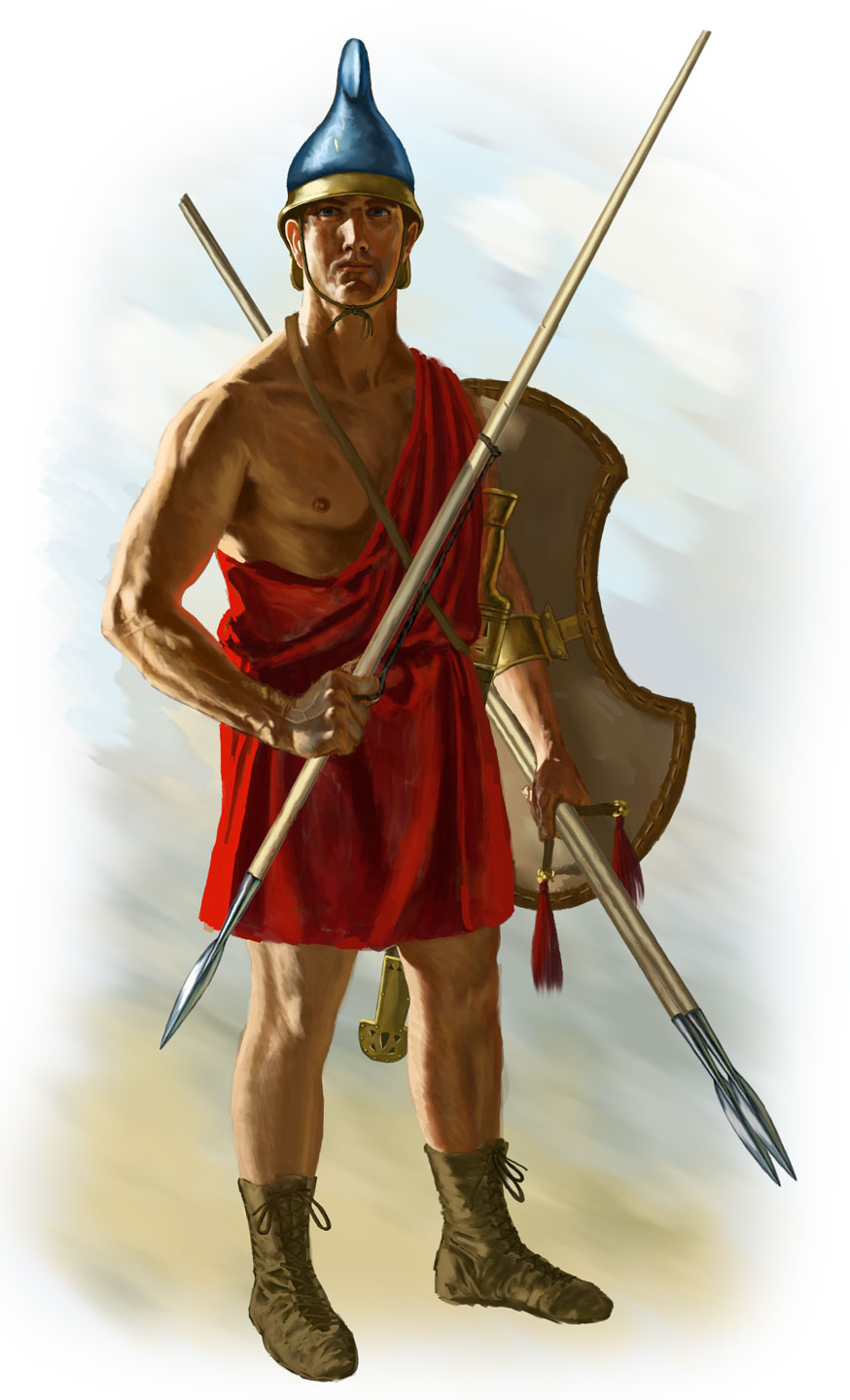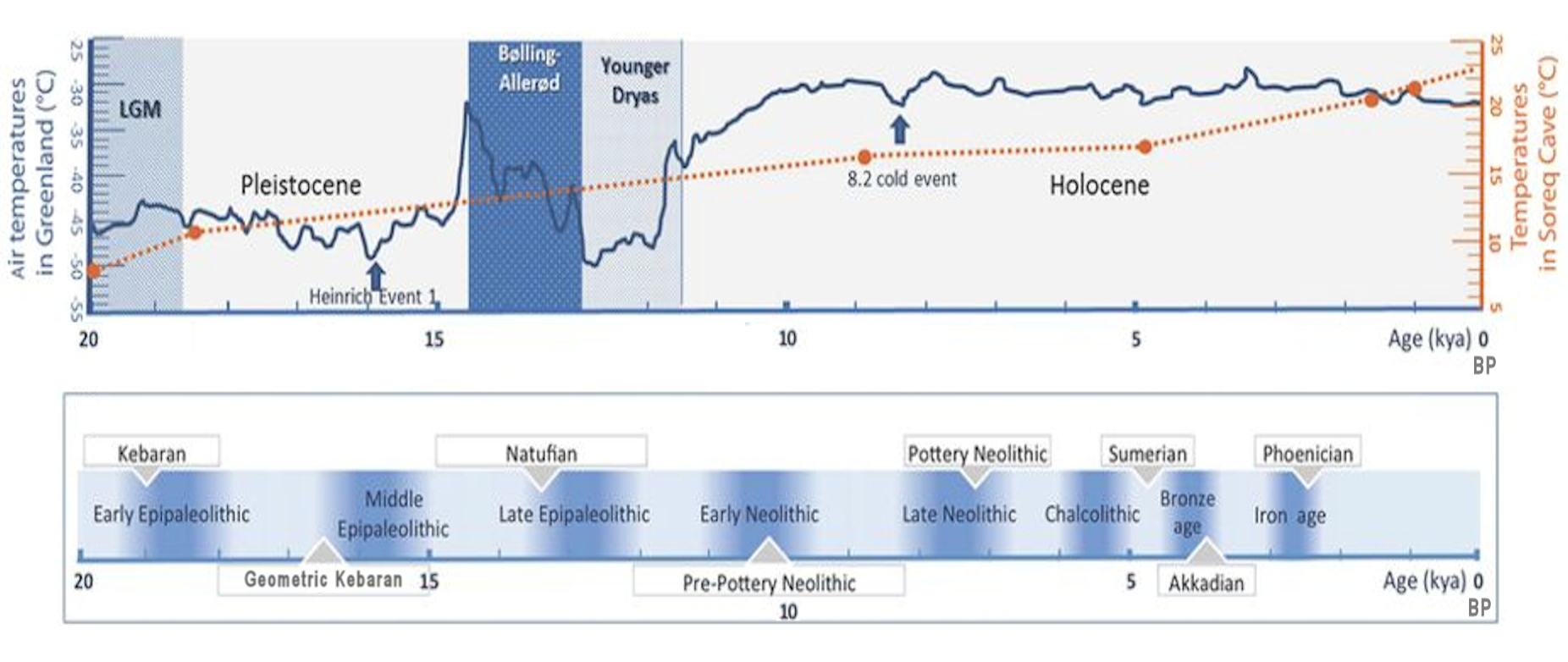|
Dart (missile)
Darts are airborne ranged weapons. They are designed to fly such that a sharp, often weighted point will strike first. They can be distinguished from javelins by the presence of fletching (feathers on the tail) and a shaft that is shorter or more flexible. Darts can be propelled by hand or with the aid of a hand-held implement such as a blowgun. They can be distinguished from arrows because they are not used with a Bow and arrow, bow. Darts have been used since pre-history. The plumbatae were lead-weighted darts thrown by infantrymen in Antiquity and the Middle Ages. Darts can be propelled by a number of means. The atlatl uses leverage to increase the velocity of the dart, the kestros (weapon), kestros increases the range of propelled darts using a sling, and the exhalation of a person's breath through a blowgun propels small stone points or poisoned needles with pneumatic force. In the modern era, darts have been used for recreation in lawn darts and the game of darts. Histo ... [...More Info...] [...Related Items...] OR: [Wikipedia] [Google] [Baidu] |
Bow (weapon)
The bow and arrow is a ranged weapon system consisting of an elastic launching device (bow) and long-shafted projectiles (arrows). Humans used bows and arrows for hunting and aggression long before recorded history, and the practice was common to many prehistoric cultures. They were important weapons of war from ancient history until the early modern period, when they were rendered increasingly obsolete by the development of the more powerful and accurate firearms. Today, bows and arrows are mostly used for hunting and sports. Archery is the art, practice, or skill of using bows to shoot arrows.Paterson ''Encyclopaedia of Archery'' p. 17 A person who shoots arrows with a bow is called a bowman or an archer. Someone who makes bows is known as a bowyer,Paterson ''Encyclopaedia of Archery'' p. 31 someone who makes arrows is a fletcher,Paterson ''Encyclopaedia of Archery'' p. 56 and someone who manufactures metal arrowheads is an arrowsmith.Paterson ''Encyclopaedia of Archery'' p ... [...More Info...] [...Related Items...] OR: [Wikipedia] [Google] [Baidu] |
Spring (device)
A spring is a device consisting of an Elasticity (physics), elastic but largely rigid material (typically metal) bent or molded into a form (especially a coil) that can return into shape after being compressed or extended. Springs can Energy storage, store energy when compressed. In everyday use, the term most often refers to coil springs, but there are many different spring designs. Modern springs are typically manufactured from spring steel. An example of a non-metallic spring is the Bow (weapon), bow, made traditionally of flexible Taxus baccata, yew wood, which when Bow draw, drawn stores energy to propel an arrow. When a conventional spring, without stiffness variability features, is compressed or stretched from its resting position, it exerts an opposing force approximately proportional to its change in length (this approximation breaks down for larger deflections). The ''rate'' or ''spring constant'' of a spring is the change in the force it exerts, divided by the cha ... [...More Info...] [...Related Items...] OR: [Wikipedia] [Google] [Baidu] |
Tolerance (engineering)
Engineering tolerance is the permissible limit or limits of variation in: # a physical dimension; # a measured value or physical property of a material, manufactured object, system, or service; # other measured values (such as temperature, humidity, etc.); # in engineering and safety, a physical distance or space (tolerance), as in a truck (lorry), train or boat under a bridge as well as a train in a tunnel (see structure gauge and loading gauge); # in mechanical engineering, the space between a bolt and a nut or a hole, etc. Dimensions, properties, or conditions may have some variation without significantly affecting functioning of systems, machines, structures, etc. A variation beyond the tolerance (for example, a temperature that is too hot or too cold) is said to be noncompliant, rejected, or exceeding the tolerance. Considerations when setting tolerances A primary concern is to determine how wide the tolerances may be without affecting other factors or the outcome of ... [...More Info...] [...Related Items...] OR: [Wikipedia] [Google] [Baidu] |
Amentum
An ''amentum'' (Greek: ''αγκύλη'', ankyle,) was a leather strap attached to a javelin used in ancient Greek athletics, hunting, and warfare, which helped to increase the range and the stability of the javelin in flight. Stability in flight was important because it allowed the javelin to land on its point, which was the only way the throw could be accurately recorded in competition or be useful against a live target. An ''amentum'' also increased the effective length of the throwing arm, as does a spear-thrower, so enhanced speed. It is very similar to the Swiss arrow. Throwing technique The javelin was held at ear level and released after a short run. The ''amentum'' was looped over the first two fingers of the throwing hand so as to slip off when the throw was made. In competition throwing for distance, including the Ancient Olympic pentathlon at Olympia, Greece, a blunt javelin would be launched at about 45 degrees, but in war or the chase, a sharp weapon was thrown muc ... [...More Info...] [...Related Items...] OR: [Wikipedia] [Google] [Baidu] |
Epipaleolithic
In archaeology, the Epipalaeolithic or Epipaleolithic (sometimes Epi-paleolithic etc.) is a period occurring between the Upper Paleolithic and Neolithic during the Stone Age. Mesolithic also falls between these two periods, and the two are sometimes confused or used as synonyms. More often, they are distinct, referring to approximately the same period of time in different geographic areas. Epipaleolithic always includes Epipalaeolithic Near East, this period in the Levant and, often, the rest of the Near East. It sometimes includes parts of Southeast Europe, where Mesolithic is much more commonly used. Mesolithic very rarely includes the Levant or the Near East; in Europe, Epipalaeolithic is used, though not very often, to refer to the early Mesolithic. The Epipalaeolithic has been defined as the "final Upper Palaeolithic industries occurring at the end of the final Last glacial period, glaciation which appear to merge technologically into the Mesolithic". The period is general ... [...More Info...] [...Related Items...] OR: [Wikipedia] [Google] [Baidu] |
Publius Flavius Vegetius Renatus
Publius (or Flavius) Vegetius Renatus, known as Vegetius (), was a writer of the Later Roman Empire (late 4th century). Nothing is known of his life or station beyond what is contained in his two surviving works: ''Epitoma rei militaris'' (also referred to as '' De re militari''), and the lesser-known ''Digesta Artis Mulomedicinae'', a guide to veterinary medicine. He identifies himself in the opening of his work ''Epitoma rei militaris'' as a Christian. Dating of work The latest event alluded to in his ''Epitoma rei militaris'' is the death of the Emperor Gratian (383); the earliest attestation of the work is a ''subscriptio'' by Flavius Eutropius, writing in Constantinople in 450, which appears in one of two families of manuscripts, suggesting that a division of the manuscript tradition had already occurred. Despite Eutropius' location in Constantinople, the scholarly consensus is that Vegetius wrote in the Western Roman Empire.Walter Goffart. "The date and purposes of Vegetius' ... [...More Info...] [...Related Items...] OR: [Wikipedia] [Google] [Baidu] |
Plumbatae
Plumbatae or martiobarbuli were lead-weighted throwing darts carried by infantrymen in Antiquity and the Middle Ages. They were used to inflict damage on enemies at a distance before engaging in close combat. Roman soldiers in some legions carried plumbatae inside their shields, which allowed them to have ranged weapons similar to arrows, according to Vegetius in his 4th-century military treatise '' De re militari.'' The plumbata consisted of a lead-weighted head attached to a wooden shaft with fletching, which allowed soldiers to throw them effectively over long distances. The Roman work '' De rebus bellicis'' and the Byzantine manual of war '' Strategicon'', confirm their use and describe variations, such as the spiked plumbatae (''plumbata tribolata''). Archaeological finds in Wroxeter and elsewhere confirm their description and use. History The first examples seem to have been carried by the Ancient Greeks from about 500 BC onwards, but the best-known users were the l ... [...More Info...] [...Related Items...] OR: [Wikipedia] [Google] [Baidu] |
Woomera (spear-thrower)
A woomera is an Australian Indigenous Australians, Aboriginal wooden spear-throwing device. Similar to an atlatl, it serves as an extension of the human arm, enabling a spear to travel at a greater speed and force than possible with only the arm. Name The word "woomera" comes from the Dharug language of the Eora people of the Sydney basin. The name was adopted for the town of Woomera, South Australia, founded in 1947 as the home of the Anglo-Australian Long Range Weapons Establishment, also known as the "Woomera Rocket Range" and now called RAAF Woomera Range Complex. Description The woomera is between in length. It is a left handed tool. Like many Australian Aboriginal tools, there is much diversity in design. Some versions have one end that is wide and possessing a hollow, curved cross-section not unlike an airfoil, while the other is more pointed and has a hook. Other versions used in northern Australia are less than wide, made of flat wood, with a wooden point angled back ... [...More Info...] [...Related Items...] OR: [Wikipedia] [Google] [Baidu] |
Aztec
The Aztecs ( ) were a Mesoamerican civilization that flourished in central Mexico in the Post-Classic stage, post-classic period from 1300 to 1521. The Aztec people included different Indigenous peoples of Mexico, ethnic groups of central Mexico, particularly those groups who spoke the Nahuatl, Nahuatl language and who dominated large parts of Mesoamerica from the 14th to the 16th centuries. Aztec culture was organized into city-states (''altepetl''), some of which joined to form alliances, political confederations, or empires. The Aztec Empire was a confederation of three city-states established in 1427: Tenochtitlan, the capital city of the Mexica or Tenochca, Tetzcoco (altepetl), Tetzcoco, and Tlacopan, previously part of the Tepanec empire, whose dominant power was Azcapotzalco (altepetl), Azcapotzalco. Although the term Aztecs is often narrowly restricted to the Mexica of Tenochtitlan, it is also broadly used to refer to Nahuas, Nahua polities or peoples of central Pre ... [...More Info...] [...Related Items...] OR: [Wikipedia] [Google] [Baidu] |
Spear-thrower
A spear-thrower, spear-throwing lever, or ''atlatl'' (pronounced or ; Classical Nahuatl, Nahuatl ''ahtlatl'' ) is a tool that uses leverage to achieve greater velocity in Dart (missile), dart or javelin-throwing, and includes a Plain bearing, bearing surface that allows the user to store energy during the throw. It may consist of a shaft with a cup or a spur at the end that supports and propels the butt of the spear. It's usually about as long as the user's arm or forearm. The user holds the spear-thrower in one hand, gripping near the end farthest from the cup. The user puts the butt end of the spear, or dart, in the cup, or grabs the spur with the end of the spear. The spear is much longer than the thrower. The user holds the thrower at the grip end, with the spear resting on the thrower and the butt end of the spear resting in the thrower's cup. The user can hold the spear, with the index and thumb, with the same hand as the thrower, with the other fingers. The user reaches b ... [...More Info...] [...Related Items...] OR: [Wikipedia] [Google] [Baidu] |









